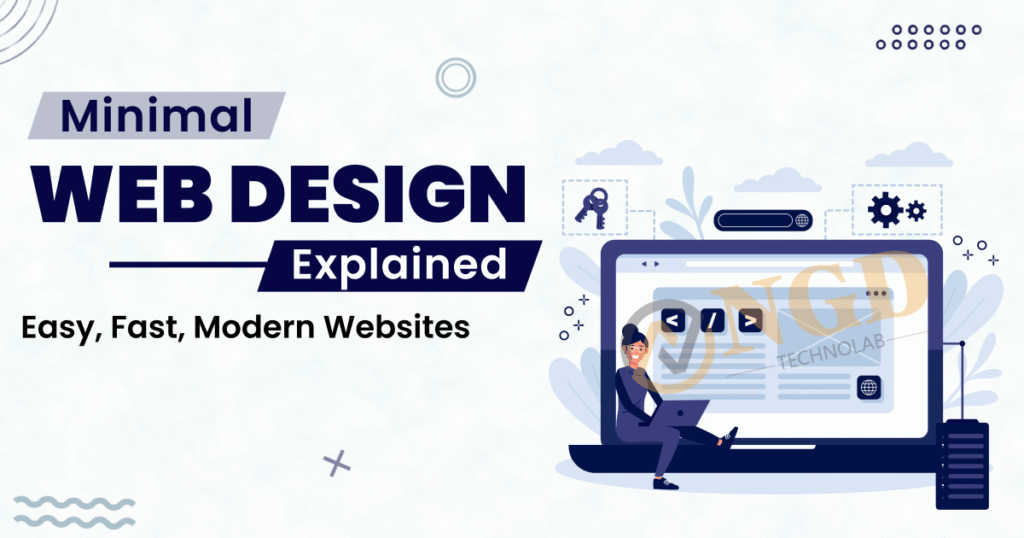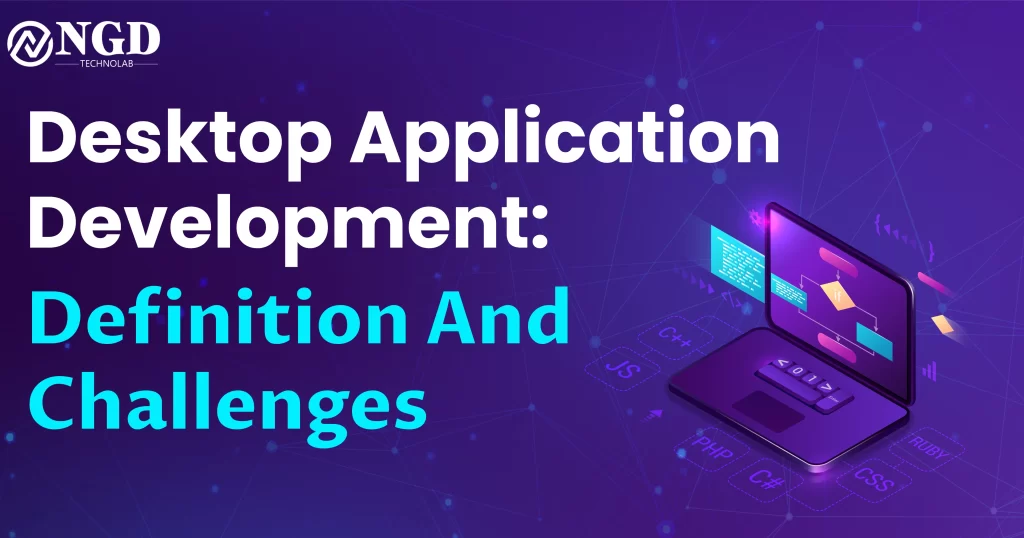Minimal Web Design Explained – Easy, Fast, and Modern Websites
Minimal Web Design Explained – Easy, Fast, and Modern Websites Prashant Padmani Edit Template In today’s digital world, a website is often the first place where people connect with a business. If a site looks confusing or takes too long to load, visitors quickly leave. This is why minimal web design is becoming one of the most popular styles in 2025. Minimal design means creating websites that are clean, fast, and easy to use. Instead of adding too many graphics, fonts, or heavy features, minimal websites focus on clarity, speed, and modern usability. In this blog, we’ll explain what minimal web design is, its key principles, benefits, and challenges, along with what the future holds. Table of content Add a header to begin generating the table of contents 1. What Is Minimal Web Design? Minimal web design is all about keeping things simple. It removes unnecessary elements like flashy animations, too many fonts, or long text blocks, and instead highlights what is most important. For example, a shopping website with minimal design would show products clearly with simple navigation instead of filling the page with banners and pop-ups. This makes browsing easy and enjoyable. 2. Key Principles of Minimal Web Design Simplicity in Layout A simple layout helps users find what they are looking for without confusion. Menus are short, navigation is clear, and the website avoids clutter. A neat structure also helps businesses guide visitors to important pages like services, products, or contact forms. Use of White Space White space is the “space” around text, images, or sections. It makes the website look neat and helps highlight the content. Without enough white space, websites look crowded and hard to read. Minimal design uses white space smartly to improve focus and readability. Limited Colours and Fonts Too many colours and fonts can make a website look unprofessional. Minimal design uses 2–3 colours that reflect the brand’s identity and simple fonts that are easy to read. This creates a balanced, elegant look. For example, black text on a white background with one accent colour feels clean and modern. Focus on Content Content is the centre of minimal web design. Instead of distracting users with heavy graphics, the design ensures that text, images, and calls-to-action are clearly visible. This way, visitors quickly understand the brand’s message and take the next step, like making a purchase or filling out a form. 3. Benefits of Minimal Web Design Faster Loading Speed Websites with fewer elements and lighter code load quickly. A fast website not only keeps visitors happy but also ranks higher on Google. In today’s world, people leave sites that take more than a few seconds to load, so speed is a big advantage. Better User Experience Minimal websites are comfortable to use. Clear navigation, simple menus, and less clutter make it easy for visitors to find information. This improves engagement and reduces bounce rates, meaning users stay longer on the site. Mobile-Friendly Websites Since most people browse on phones, websites need to look good on smaller screens. Minimal design naturally adapts well to mobiles because it avoids unnecessary elements. The clean design ensures that users on smartphones have the same smooth experience as desktop users. Easy Maintenance Websites with simple design are easier to update and manage. Businesses don’t need to spend too much time fixing layout issues or redesigning pages. This also reduces maintenance costs in the long run. Modern Look and Feel Minimal web design is stylish and professional. It shows that a brand values clarity and quality. A minimal website doesn’t look outdated quickly, unlike heavy designs with too many trends that fade away. Also to read:- How Automated Billing Software Solves Manual Billing System Problems 4. Examples of Minimal Web Design in Action Apple: Their website highlights products with simple layouts, big visuals, and lots of white space. Dropbox: Focuses on features with very little distraction, using clean typography and light backgrounds. Medium: A blogging platform that uses a minimal design to make reading articles easy and distraction-free. These examples prove that minimal websites can be both functional and beautiful. 5. Challenges of Minimal Web Design Minimal design has its challenges. If not done carefully, it can look too plain or empty. Businesses may feel that important details are missing. The key is to balance simplicity with creativity — using high-quality images, meaningful content, and smart layouts to make the site attractive as well as practical. 6. The Future of Minimal Websites in 2025 As internet users demand faster, mobile-friendly, and clutter-free websites, minimal design will continue to grow. In 2025, minimal websites will combine with new technologies like AI personalisation and voice search optimisation to create even better experiences. For example, a minimal e-commerce website could use AI to show only the most relevant products to each visitor, keeping the site simple but highly effective. Conclusion Minimal web design is a powerful way to create easy, fast, and modern websites. By focusing on simplicity, white space, and clean layouts, businesses can give visitors the experience they want. It improves speed, SEO, and user satisfaction while keeping the website stylish and modern. For startups, small shops, or big brands, minimal design is the smart choice for 2025 and beyond. Frequently Asked Questions What does minimal web design mean in simple words? Minimal web design means using clean layouts, simple fonts, and limited colours so that users can focus on the main content without distractions. minimal web design better for SEO? Yes. Minimal websites load faster and work smoothly on all devices, which improves user experience and helps Google rank the site higher. Can an e-commerce store use minimal web design? Absolutely. Minimal design helps shoppers view products clearly and navigate easily, which often leads to higher conversions. How do I make sure a minimal website doesn’t look empty? Use strong visuals, meaningful content, and balanced white space. The goal is to keep the design simple but purposeful—not plain. minimal web design still be trending in 2025
Minimal Web Design Explained – Easy, Fast, and Modern Websites Read More »




